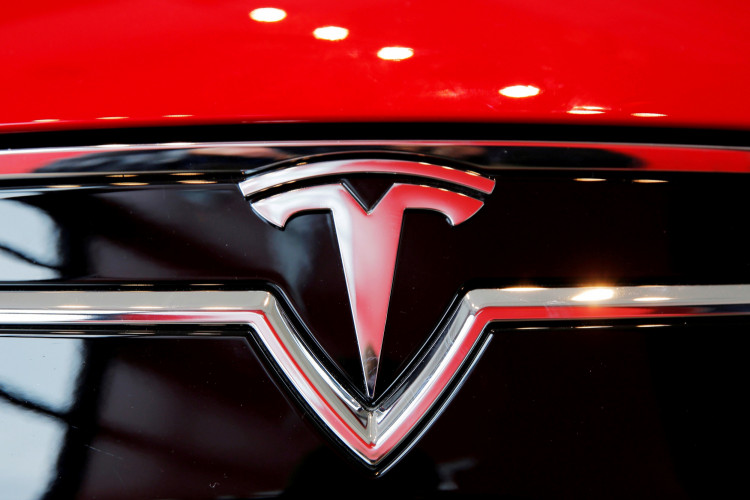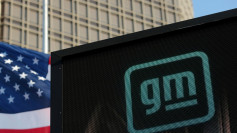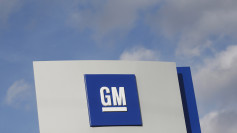At Tesla's "Autonomy Day" presentation Elon Musk proclaimed that its controversial Full Self-Driving feature will be "feature complete" before the year ends. The CEO added that by next year, there would be over a million Tesla vehicles on the road operating with full self-driving gear.
It's a bold announcement, given the controversy full self-driving has attracted. It's an irony in the 21st century, considering the advancements that we are allowed to enjoy are considered to be at its prime, and yet here we are slapped with restrictions.
Let's say Musk predictions turned out to be true, the thing that stands in the way of this monumental achievement is the need for "regulatory approval." The CEO has spoken against this barrier publicly regarding full self-driving, a concept that is still considered at its infancy due to the fact that there is no reference to autonomous vehicle software in the Federal Motor Vehicle Safety Standards (FMVSS). Companies that sell vehicles need to comply with this regulatory board before they can put their cars up on the market.
Cars, both traditional and electric vehicles, are all subject to rules and regulations no matter where you are in the world. However, "regulatory approval" could mean very different from country to country, or in the United States' case, state to state. Before a company is permitted to sell a vehicle, it must go under scrutiny by a regulator to ensure that it's safe to use on the road and that it complies by the rules both local and on a national level. Most of the time, it's all about emissions and safety.
Tesla has made a slight update to its Autopilot auto lane change animation in a new software update this week. Thought out 2019, Tesla has been making a few gradual updates to the real-time render of the vehicle's surroundings, which Tesla calls Driving Visualization.
Several months ago, Tesla began launching its new software update to its line of cars, rolling out some Driving Visualization features and Sentry mode, among other things. In the release notes about the new driving visualization, Tesla wrote:
"The driving visualization has been adjusted to automatically zoom in and out to utilize screen space better and inform you when a vehicle is detected in your blind spot. The visualization remains zoomed out when driving on highways."
Though full self-driving remains controversial, Tesla has managed to acquire a DMV permit to test autonomous cars in the state of California. This means that the company only needs a DMV to make full self-driving available to all and it should be deployed.
We are not sure if Tesla already did so, but Musk seems positive that full self-driving will happen. Should we greet this tech with open arms, or will it continue to fall under scrutiny?




